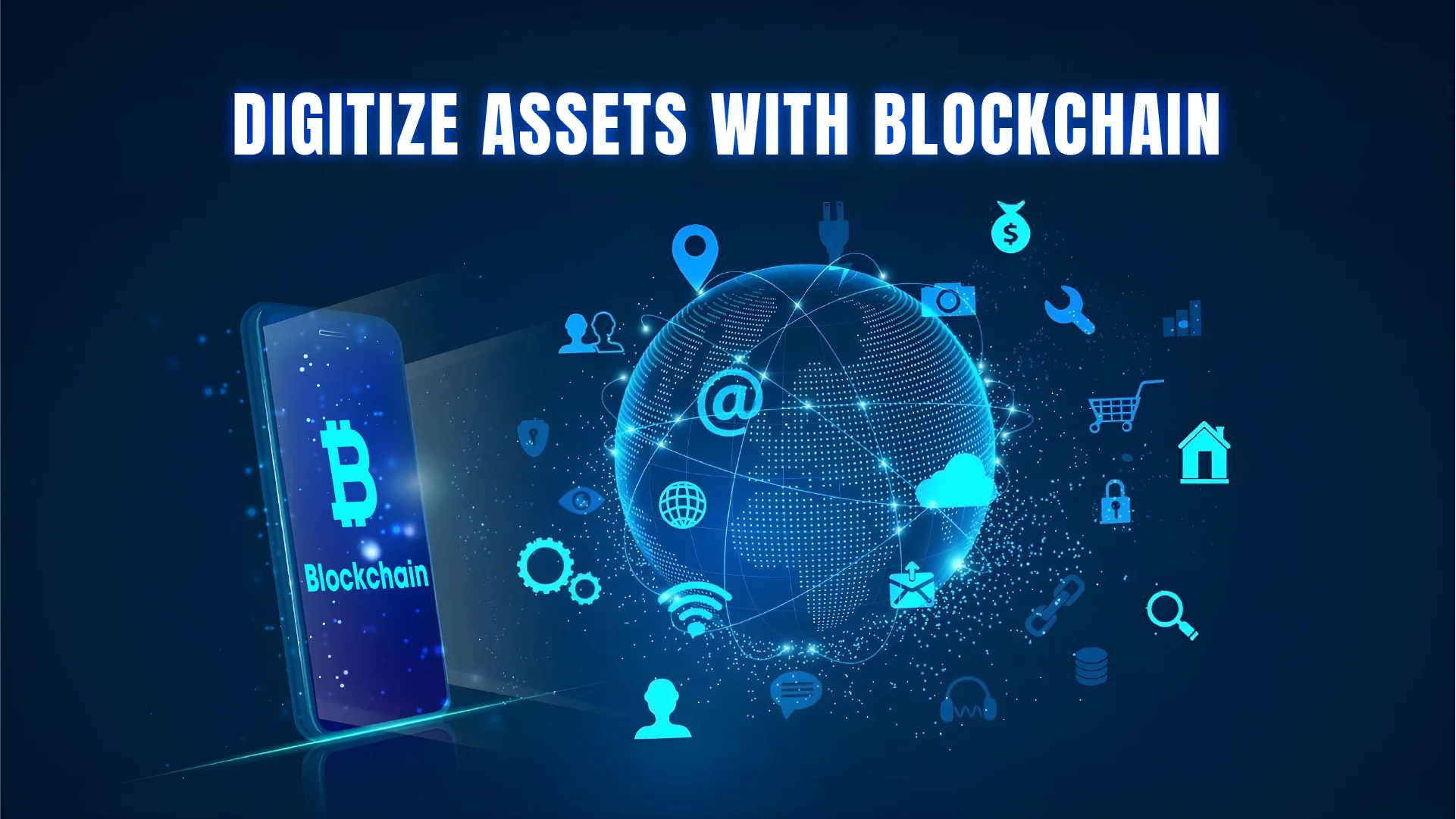Introduction
In today’s rapidly evolving digital landscape, blockchain technology and digital assets are reshaping industries, particularly finance, supply chain management, and data security. From decentralized finance (DeFi) to tokenization of real-world assets, businesses and governments are actively integrating blockchain solutions to enhance transparency, security, and efficiency. But what does this mean for the future? Let’s explore how blockchain and digital assets are transforming global ecosystems.
1. Institutional Adoption of Blockchain Once seen as a niche technology for cryptocurrencies, blockchain is now gaining widespread adoption by leading financial institutions. Banks, including JPMorgan and Citi, are using blockchain to enhance transaction security and efficiency. Mastercard and Visa are developing blockchain-based payment solutions, while governments are exploring Central Bank Digital Currencies (CBDCs) to modernize monetary systems.
2. The Rise of Asset Tokenization Tokenization is revolutionizing asset ownership by enabling fractional ownership of real-world assets such as real estate, stocks, and fine art. By representing physical assets as digital tokens on a blockchain, investors can buy, sell, and trade these assets seamlessly, eliminating intermediaries and reducing costs. This trend is making investment opportunities more accessible to a broader audience.
3. Blockchain’s Role in Supply Chain Management Blockchain technology ensures transparency and traceability in global supply chains. Companies like IBM and Walmart are leveraging blockchain to track products from manufacturing to delivery, reducing fraud and improving operational efficiency. Smart contracts automate transactions and compliance checks, further enhancing the reliability of supply chain operations.
4. The Evolution of Digital Payments with Stablecoins Stablecoins, such as USDT and USDC, are bridging the gap between traditional finance and blockchain technology. These digital assets offer faster and cheaper cross-border transactions, making them a preferred choice for remittances and online payments. With companies like PayPal launching their own stablecoins, blockchain-powered payments are becoming more mainstream.
5. DeFi and the Future of Financial Services Decentralized Finance (DeFi) platforms like Uniswap and Aave are redefining lending, borrowing, and trading. These blockchain-based financial services operate without traditional intermediaries, offering users full control over their assets. DeFi’s rapid growth signals a shift towards a more open and accessible financial system.
6. Enhancing Security with Smart Contracts and Blockchain Interoperability As blockchain adoption grows, security remains a top priority. Smart contracts, which are self-executing agreements coded on blockchain networks, enhance trust and reduce fraud. Additionally, interoperability solutions like Polkadot and Cosmos enable different blockchain networks to communicate, improving scalability and user experience.
7. Regulatory Landscape and Compliance Challenges As blockchain technology integrates into various sectors, governments are implementing regulations to ensure security and compliance. The European Union’s MiCA (Markets in Crypto-Assets) framework and the U.S. SEC’s evolving stance on digital assets highlight the need for clear regulatory guidelines. Businesses must stay informed and compliant to navigate this evolving landscape.
Conclusion: The Road Ahead
Blockchain and digital assets are no longer futuristic concepts—they are actively shaping the way we conduct business and manage financial transactions. As technology advances and regulations mature, blockchain’s integration into industries will continue to grow, offering unprecedented opportunities for innovation and financial inclusion. Organizations that embrace this digital transformation will be better positioned for success in the evolving global economy.

